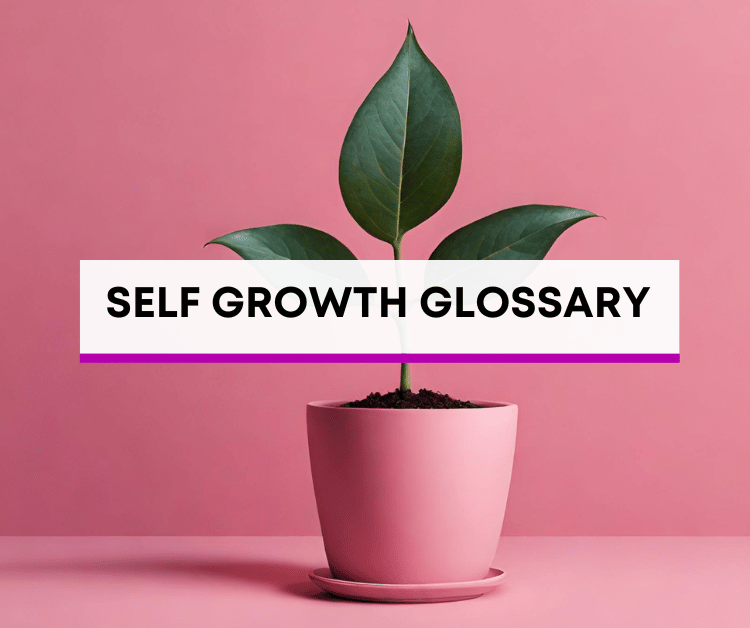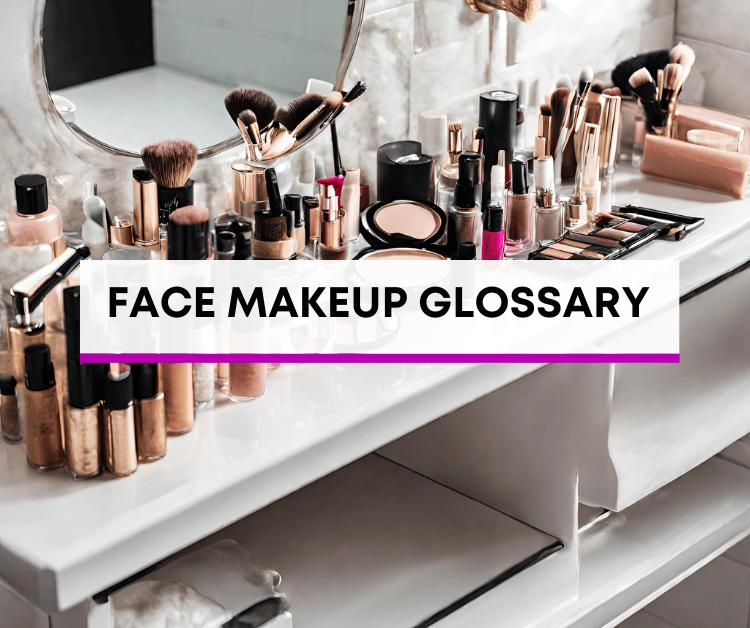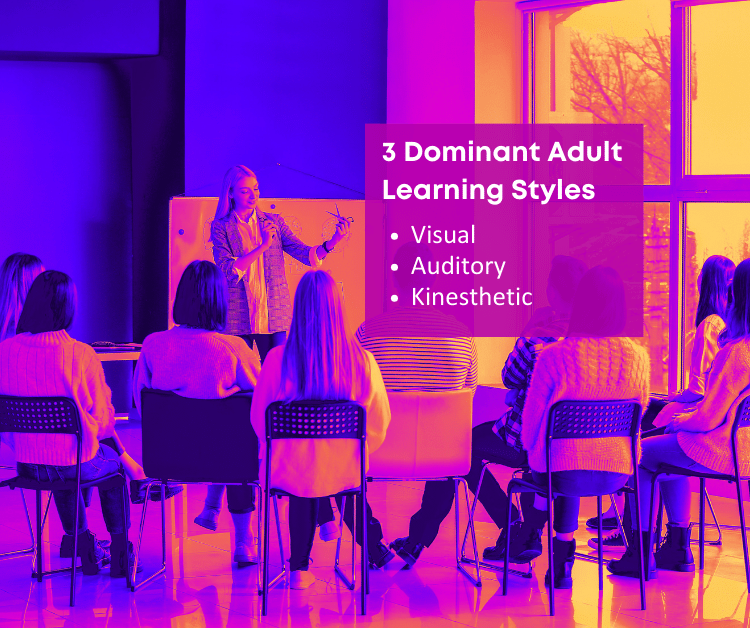
Ever tried getting the hang of a new skill without getting hands-on – like learning to dance by just watching videos?
Not the smoothest experience, right?
Well, just as we all have our go-to ways to handle daily tasks, we also have preferred learning styles!
Today, let’s break down the top three: visual, auditory, and kinesthetic.
Fun fact – a whopping 65% of adults are all about that visual learning! Stick around as we uncover why knowing your learning style is like having a cheat code for mastering daily skills, making your routine a whole lot easier.
What are the 3 Dominant Adult Learning Styles?

Adult learning boils down to three main styles: visual, auditory, and kinesthetic.
Visual learners love images and graphics, auditory learners thrive on spoken words, and kinesthetic learners are all about hands-on experiences.
Figuring out your style isn’t just interesting; it’s your ticket to smart learning.
*As an Amazon Associate, we earn from qualifying purchases at no additional cost to you.
Knowing how you absorb information best allows you to tailor your approach, making learning more efficient and enjoyable.
So, let’s dive in, discover your style, and unlock the key to mastering new skills and knowledge in your adult learning journey!
1. Adult Visual Learners
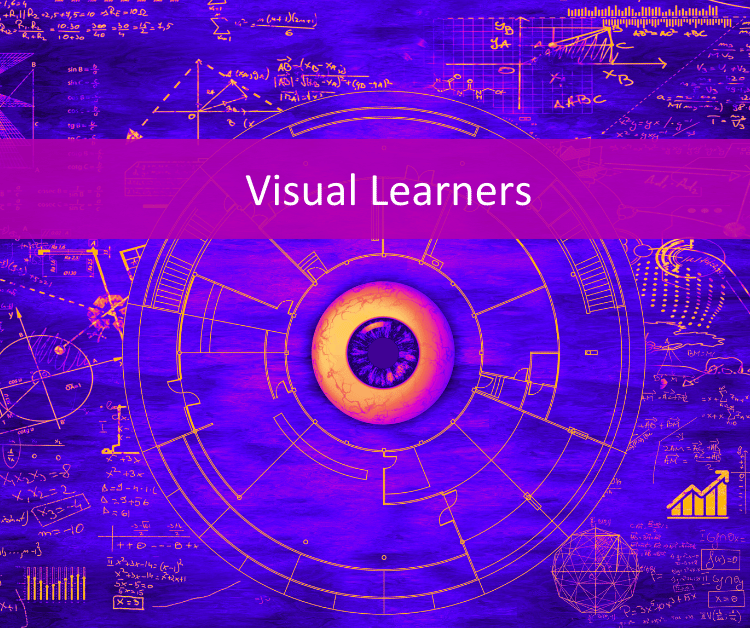
Being an adult visual learner means you learn best through visuals like diagrams and videos. If you’re into images and tend to remember things you see, chances are you’re a visual learner.
Check your study habits – do you lean towards materials with pictures or instructional videos? If that sounds like you, you’re probably a visual learner.
For tips, try using colorful notes, diagrams, and flashcards to boost your understanding and memory. Making your study materials visually engaging can make the learning experience more effective and enjoyable for you.
Visual Learning Examples
- Create mind maps or diagrams to organize info.
- Analogy: Planning a trip with a map to see the route and landmarks.
- Watch videos for learning new skills.
- Analogy: Learning a dance move from a tutorial video.
- Use color-coded notes or highlight important points.
- Analogy: Reading a book with tabs for quick reference.
- Prefer books with images or graphics.
- Analogy: Grasping a story better with a graphic novel.
- Enjoy exploring infographics.
- Analogy: Understanding data trends like reading a detailed map.
2. Adult Auditory Learners
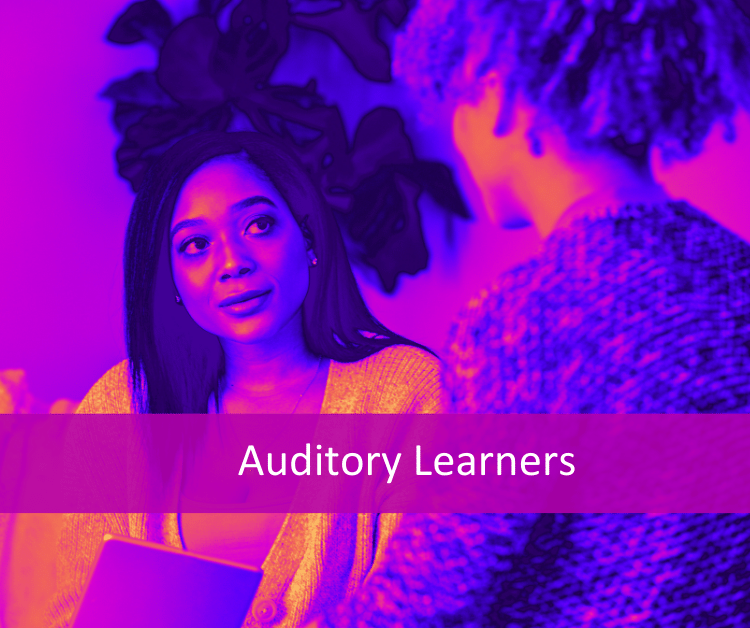
Being an adult auditory learner means you grasp info best through sound and spoken words. If you’re into podcasts, discussions, or prefer talking through ideas, you’re likely an auditory learner.
Take note in how you study – does information stick better when explained verbally? If yes, you’re on the auditory side.
Tips include joining discussions, listening to recorded lectures, or explaining concepts aloud. These tweaks can make your learning more enjoyable and successful!
Auditory Learning Examples
- Listen to podcasts for knowledge.
- Analogy: Gaining insights like listening to a storyteller.
- Participate in group discussions.
- Analogy: Understanding a concept through a lively chat.
- Prefer lectures or talks for info.
- Analogy: Learning from a speaker at a seminar.
- Learn through verbal explanations.
- Analogy: Memorizing a song by listening to lyrics.
- Engage in verbal repetition or discussions.
- Analogy: Practicing a language by speaking it aloud.
3. Adult Kinesthetic Learners

Being an adult kinesthetic learner means you learn best through hands-on experiences and physical activities. If you’re someone who likes learning by doing, engaging in practical tasks, or using your body to express ideas, you’re probably a kinesthetic learner.
Check your study habits – do you understand concepts better when you can touch or manipulate objects? If yes, that’s a kinesthetic learning style.
Tips for kinesthetic learners include adding movement to your study routine, using hands-on materials, and taking breaks for physical activity.
These adjustments can make your learning experience more enjoyable and successful!
Kinesthetic Learning Examples
- Take breaks to move around.
- Analogy: Refreshing the mind during a workout.
- Use hands-on materials.
- Analogy: Understanding a building structure by making a model.
- Engage in role-playing or simulations.
- Analogy: Learning about history through reenactments.
- Prefer interactive learning.
- Analogy: Learning to swim by getting in the water.
- Learn physical skills through practice.
- Analogy: Mastering a sport with drills and practice.
What If I Learn More Than One Way?
If you find yourself learning from all three styles—visual, auditory, and kinesthetic—no worries, that’s totally normal!
To figure out your dominant style, just notice what feels most natural or works best for you. Pay attention to the activities or methods that stick with you the most.
f you remember things well from images, you might lean towards visual learning. If discussions and spoken explanations resonate with you, auditory learning could be your thing.
And if hands-on experiences are what you remember best, kinesthetic learning might be your go-to. By recognizing what clicks for you, you can tailor your learning approach and make it more effective and enjoyable.
Why the Topic Matters
Your learning style can change based on what you’re trying to learn.
Think of it like having a toolbox with different tools for different tasks.
For complex ideas, you might naturally lean towards visuals, like diagrams or charts.
When tackling a new language, you could find that your preference shifts to auditory methods, like listening to podcasts or having conversations.
And for hands-on skills or physical activities, a kinesthetic approach, involving movement and touch, might feel most effective. It’s all about adapting your learning strategy to match the unique demands of each subject or skill, making the process more personalized and effective.
Conclusion: Dominant Adult Learning Styles
To sum it up, understanding the three dominant adult learning styles—visual, auditory, and kinesthetic—brings a whole lot of value to your learning experience.
Recognizing your preferred style lets you personalize your approach, making it easier to understand and remember things. Whether you’re into visuals, conversations, or hands-on activities, knowing your unique style boosts the efficiency of picking up new skills and knowledge.
So, as you dive into your learning adventures, keep in mind that the real magic happens when you embrace the diversity of these styles and find what clicks best for you. Here are the key takeaways:
- Everyone has a preferred learning style, but it can be flexible and adapt based on the subject or task.
- Visual, auditory, and kinesthetic learning styles each offer unique approaches to grasping information.
- Knowing your dominant learning style empowers you to tailor your learning methods, making the process more effective and enjoyable.
- Embracing a mix of visual aids, engaging discussions, and hands-on activities enhances the versatility of your learning experience.
- The key is to discover what resonates most with you, creating a personalized and insightful educational journey.

